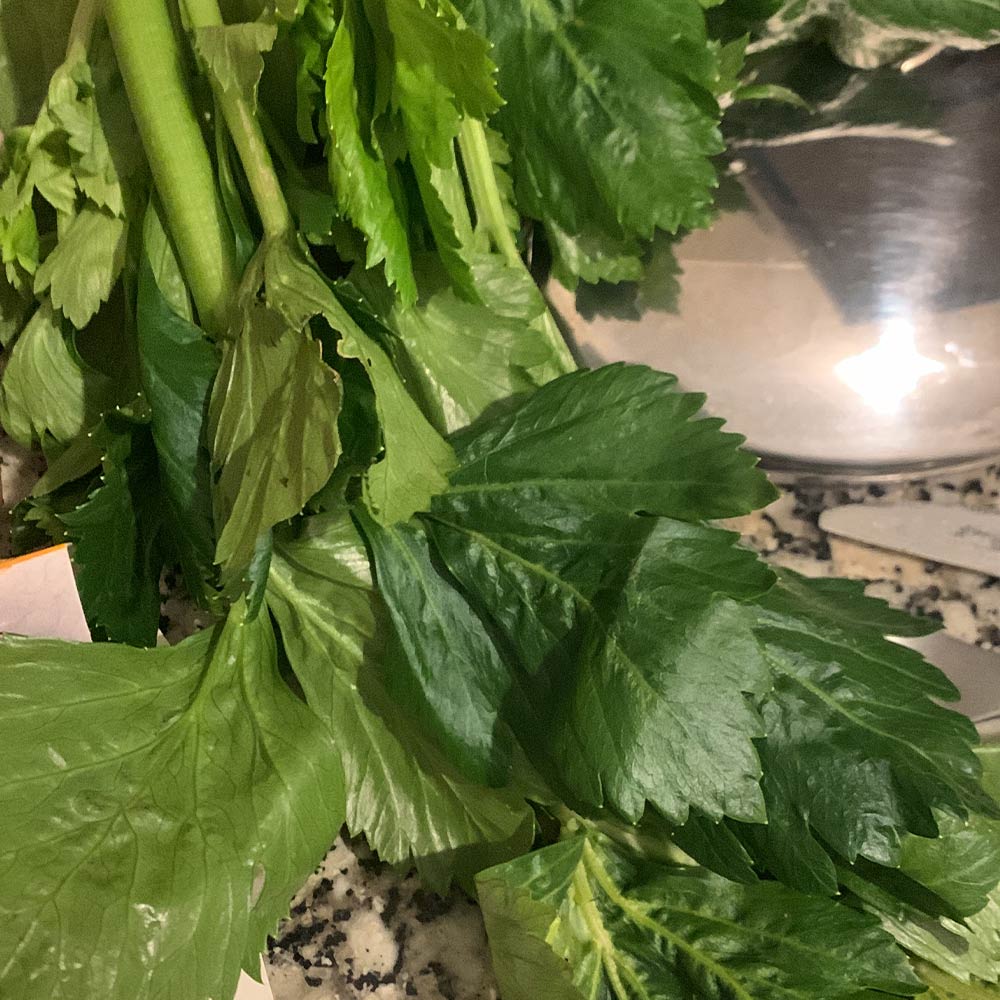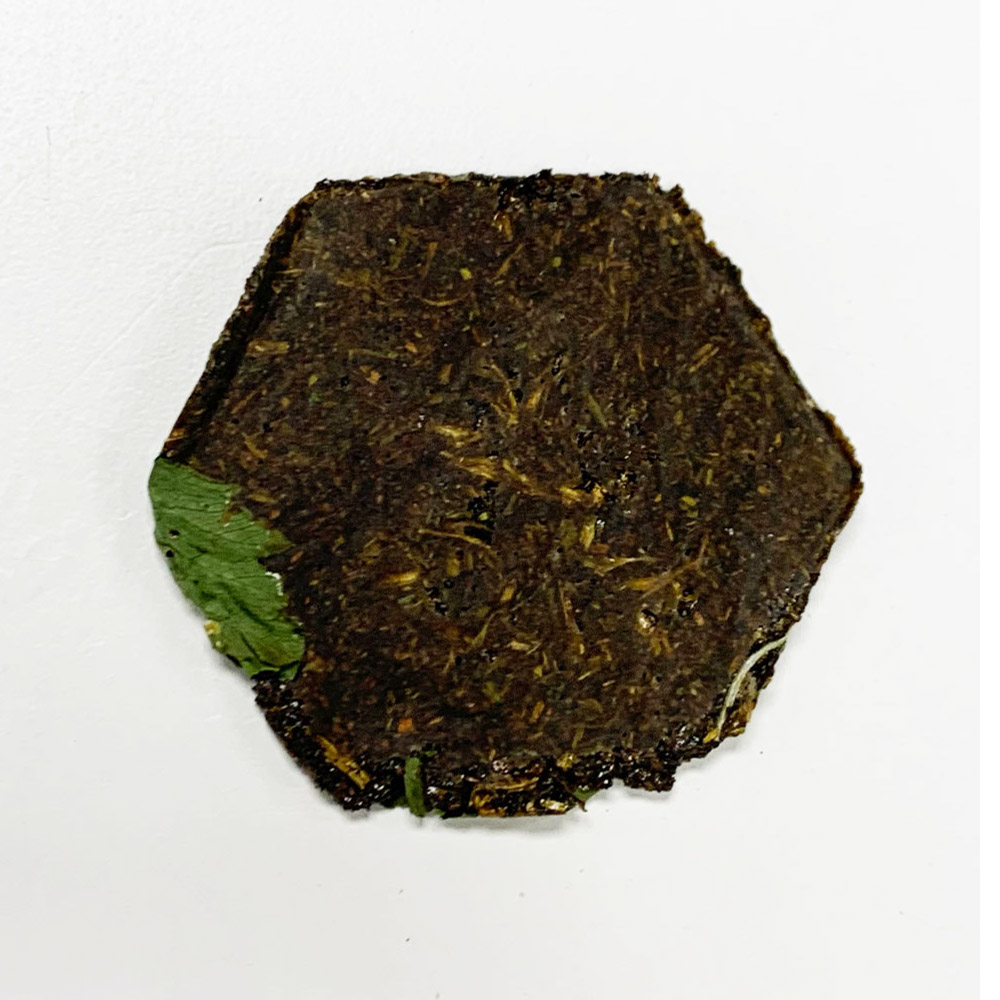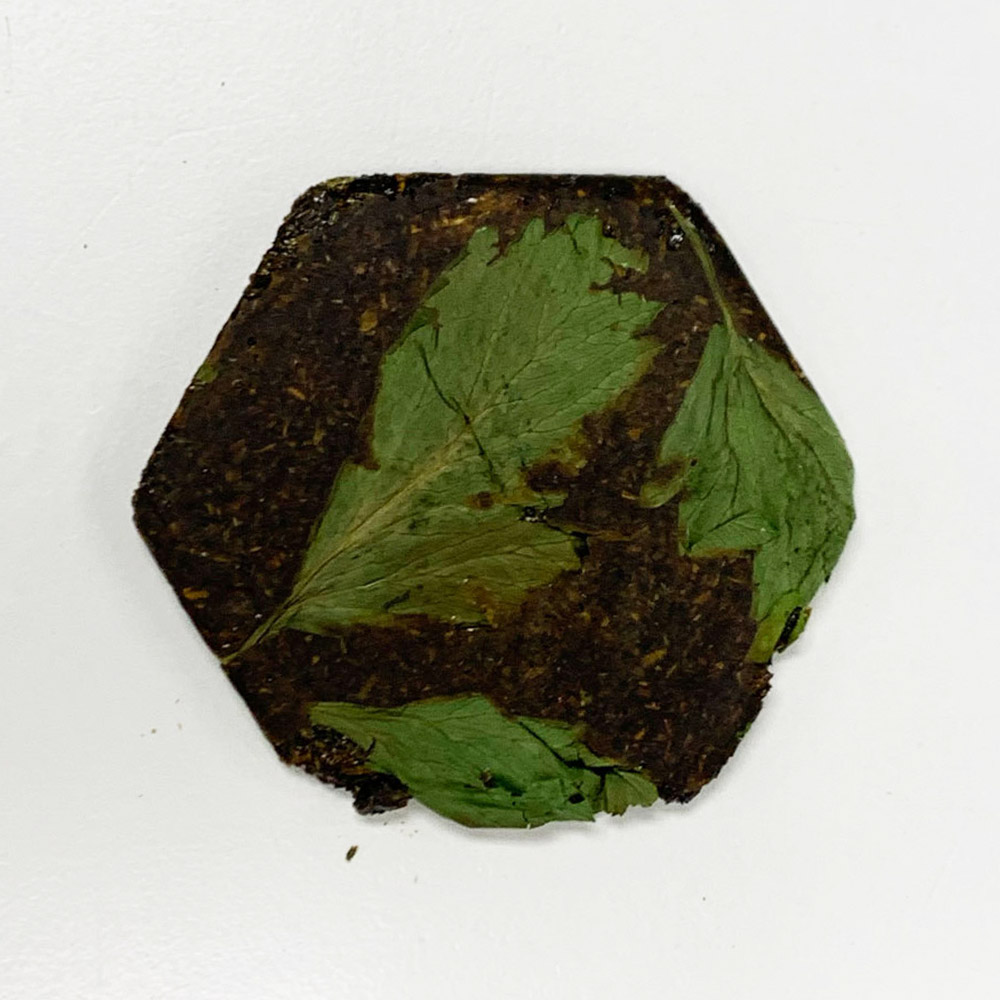Material driven design
The first module of the ongoing seminar Exploring Technologies run by Guillem Camprodon ended up being a 2 days module into Biomaterials imparted by the highly experienced Designer and Materials researcher Lara Campos. I found it a bit surprising since when talking about technologies I usually associate it to the digital world and not crafts.
During the first session, Lara showed us different projects that she’s been developing through the years. Luckily, I already knew a bit of her trajectory since I pursued a biomaterials workshop imparted by her and Joseán from Re-Olivar before the masters started. I find very interesting Ceggramica and Future wardrobe because of my special connection with both fields, ceramic and fashion. Thinking on finding meaningful uses in the practice of biomaterials I think that the aim of Remixing el Barrio is on the contrary the project with more potential since it is actively working on closing the loop towards a more circular system. Unlike in the workshop, she went deeper into the explanation of the difference between plastics and Bioplastics which I think is very crucial to understand when it comes to choosing a material for fabrication. Not all bioplastics are biodegradable.
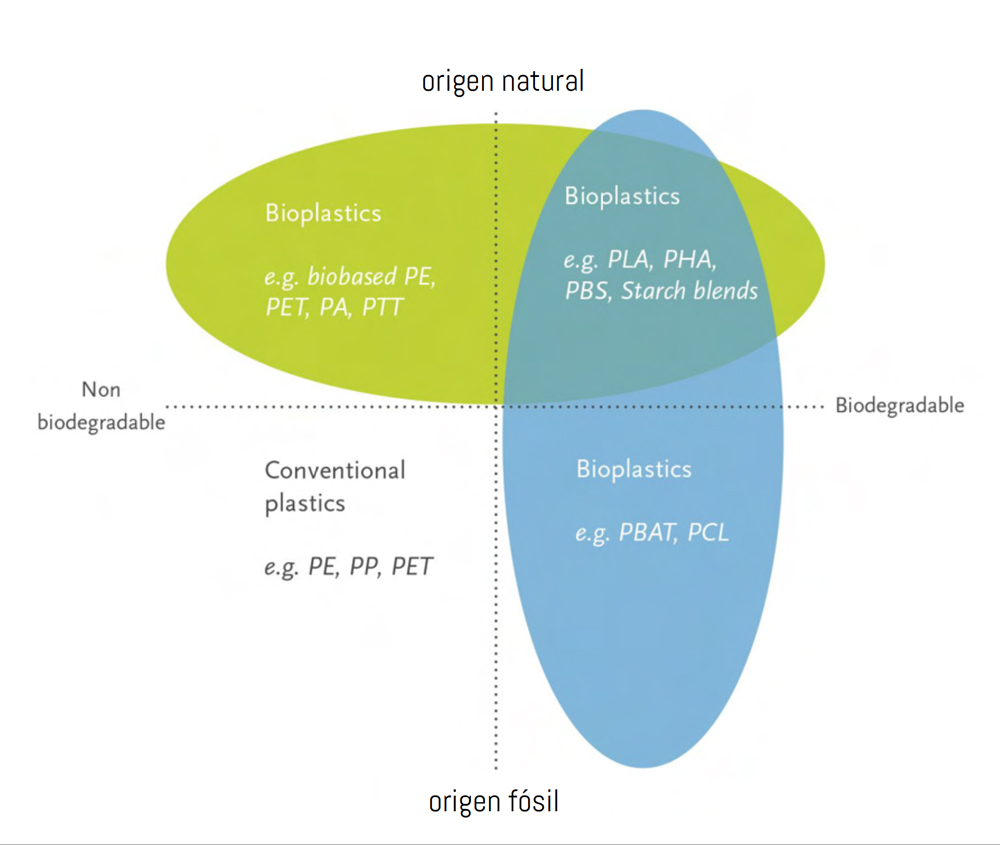
As designers of the Anthropocene age, we have to think better about what materials we are going to use in our practices and what legacy we are going to leave behind. As I mentioned before during the first term I want to be driven by the motto ¨Everything you make returns to the Earth as food or poison¨ to never forget that we need to design together with and for the planet and the people.
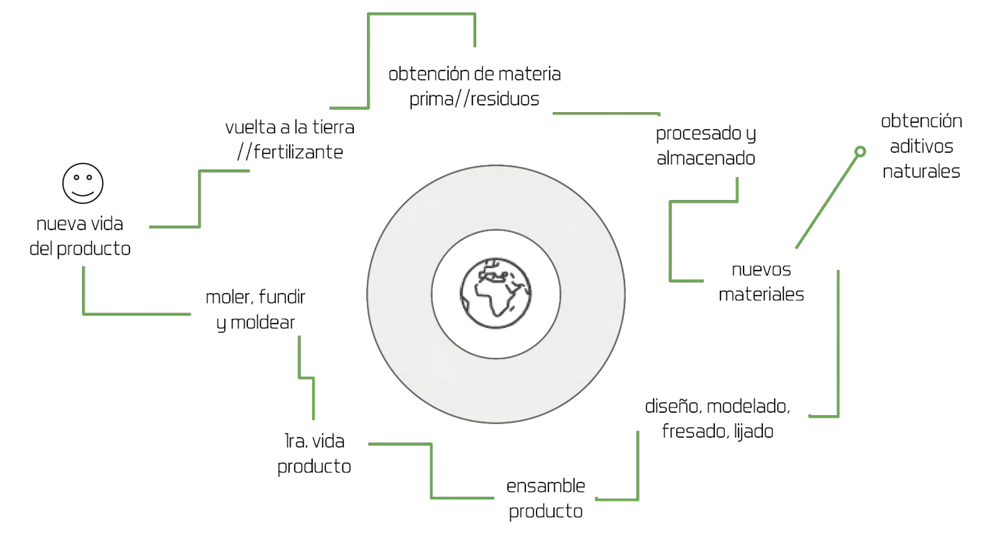
We were enlightened with other projects from different artists and designers that are applying more conscious material driven ways of creation together with nature. I would personally like to highlight the work of Ecoactive, Dasha Plesen and Gaurav MK wali. After going through the diverse methodologies applied on the process to elaborate biomaterials, we got to know the agents that act on the elaboration of a biomaterial and its properties.
Biopolimer (Binder/structure) + Plasticizer (flexibility/resistance) + Additives (Aesthetics/structure) + Solvent (to combine all the ingredients)
Materials have the power to tell narratives and it's very interesting to keep them in mind when designing them. So apart from technical properties, possible functionalities we were invited to think about the emotions provoked by some materials. And to answer the following questions about two materials samples that Lara brought to class.
How was it fabricated?
1. Moulding in flat surface
2. Moulding in flat surface
Where does it come from?
1. Natural resources Human hair
2. Natural resources Kiwi
What is it made of?
1. Human hair + Alginate
Water based
2. Kiwi skin + Agar + pigments Water based
How can the material be manipulated?
1. Resistant Translucent
Seal, Sew, Assemble...
2. Resistant Translucent
Seal, Sew, Assemble...
What could you fabricate with it?
1. Garments, Decoration, Lamps
2. Garments, Furniture, Decoration Lamps, Book Binding covers, Phone case, Toys
What kind of emotions has provoked you?
1. Disgusted
2. Terrenal, warm, grounded
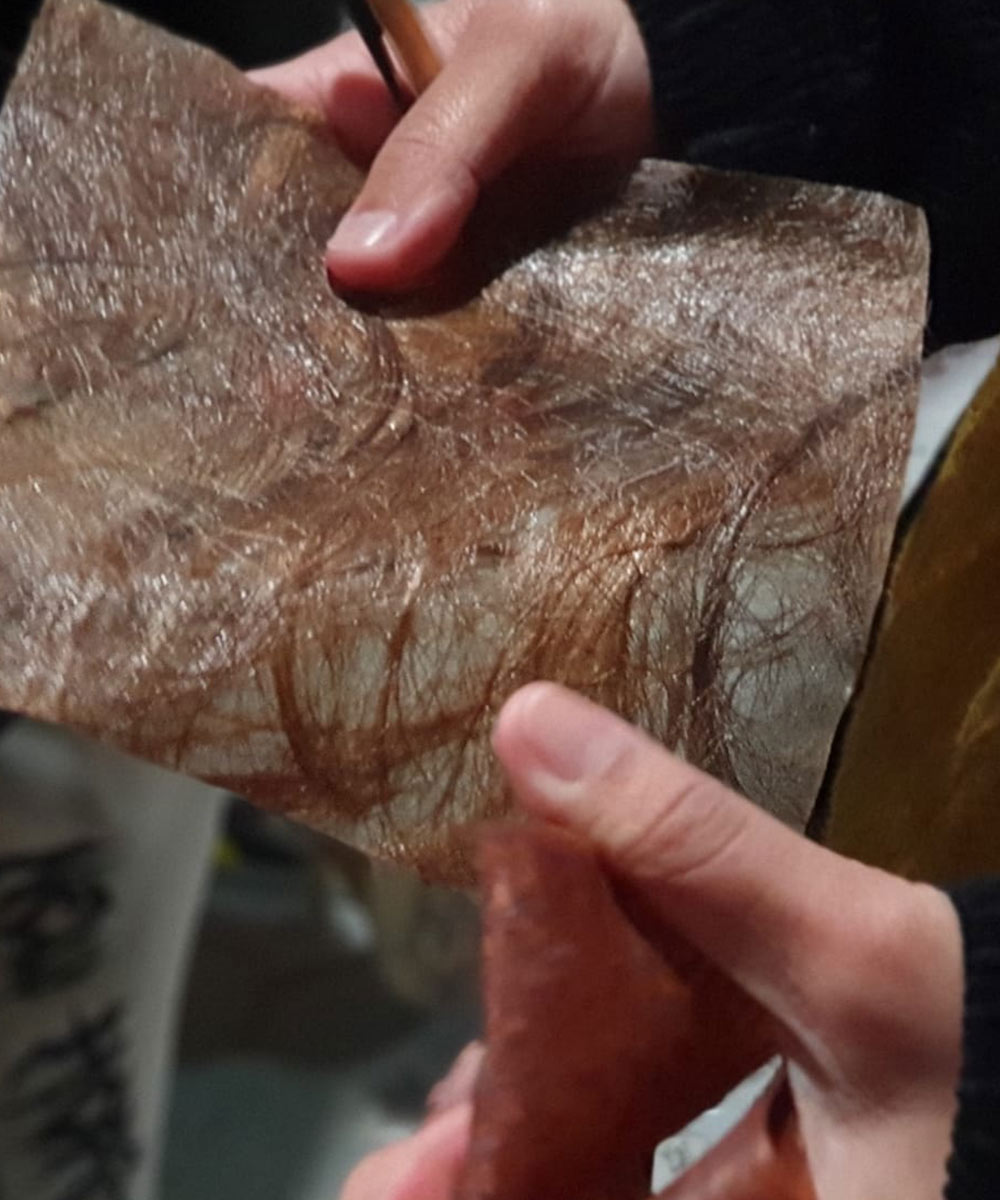
1st - Hair biomaterial

2nd - Kiwi biomaterial
Hands on class
For the next class, we were asked to collect our food waste to experiment with different biomaterials recipes. I was surprised by how much time takes to prepare the food waste properly for their use. I’ve been saving eggshells for a while so I decided to clean them and boil them as Lara advised for its hygienical use. During this hands-on class, we counted with the collaboration of Jessica Dias who also works with Bacteria and Mycelium and I’m very interested to learn more about her practices since I’m more eager to work with bio alive organisms rather than food waste. Jessica showed as a demonstration how to make gelatine bioplastic, while Lara did an Agar bioplastic. I decided to watch Jessica's demonstration since I’ve already worked with Agar before in my prototypes for Design Studio.
Once we were divided into groups, we developed different recipes experimentations with our food waste and some more materials that Lara brought us. My group was formed by Anna, Marina, Kai, Dídac and me. I got to know for the first time about the existence of Mica powder and I have to say that now I’m completely obsessed with it.
Gelatine bioplastic
● Renewable resource
● Hydrolyzed collagen derived from animals.
● Local Waste from the meat, pork and fish industries
● Compostable
● Industrial use: gastronomy, medicine and Pharmaceutic.
Gelatine Recipe:
- Gelatine: 20 grs
- Water: 250 ml
- Glycerin: 15grs
- Vinegar: 2ml
- Additives: example 30 grs of peels
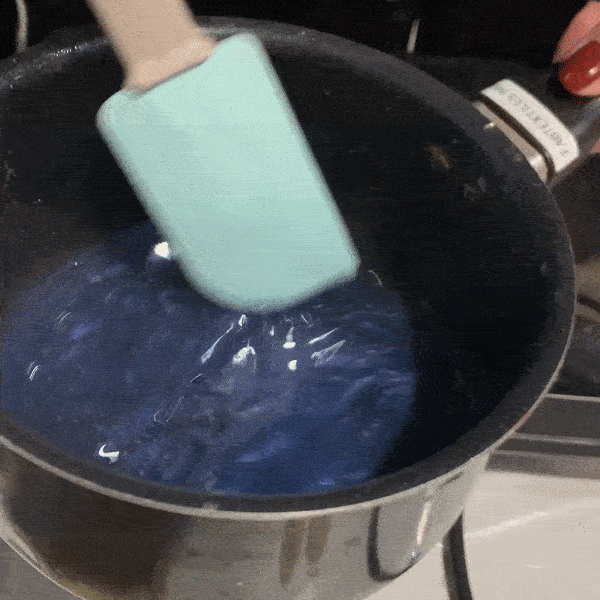
Notes:
Low temperature, dissolve all the gelatin first in a bit of water and keep adding the rest afterwards. When it reaches its boiling point we lower the temperature and add the glycerine. We can also use Olive oil or Coconut oil instead.Add the additives either to the mould or directly to the mix.
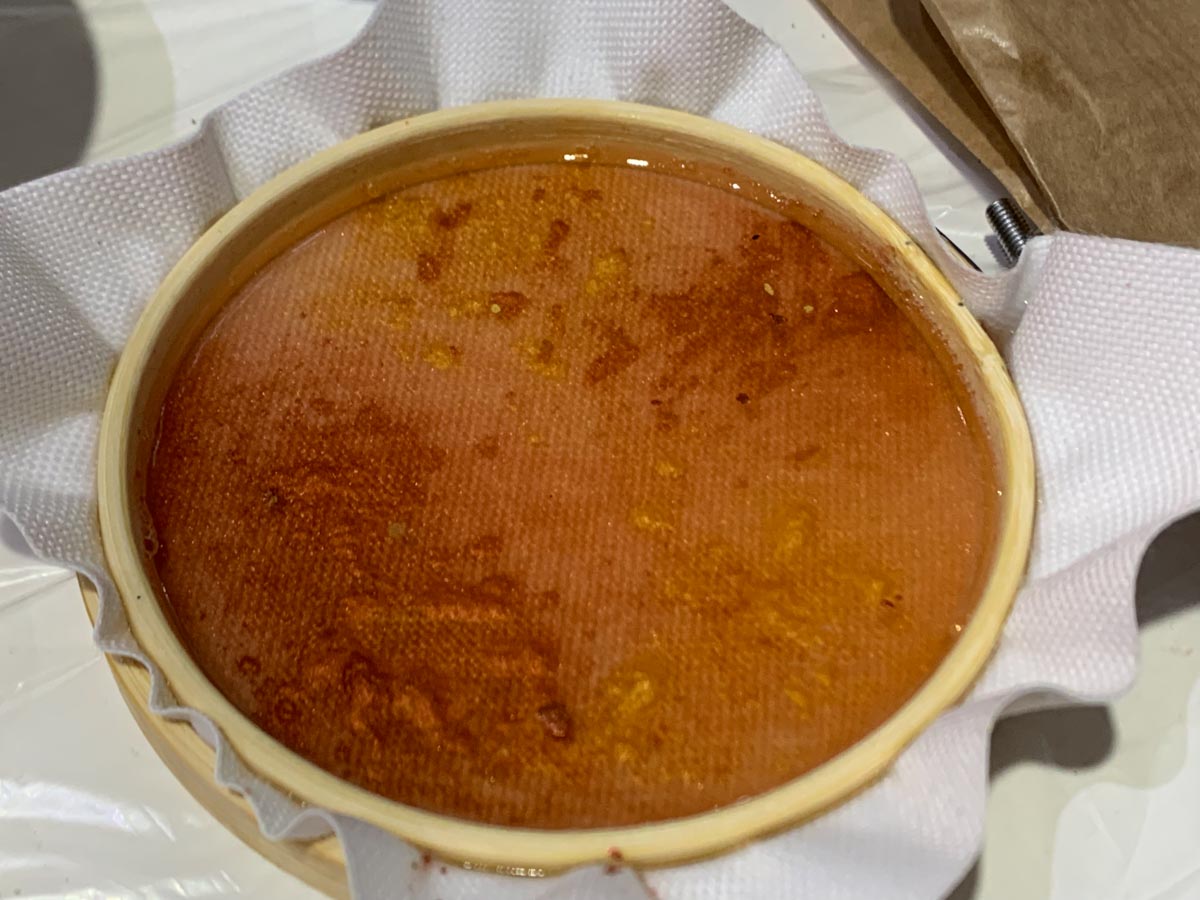

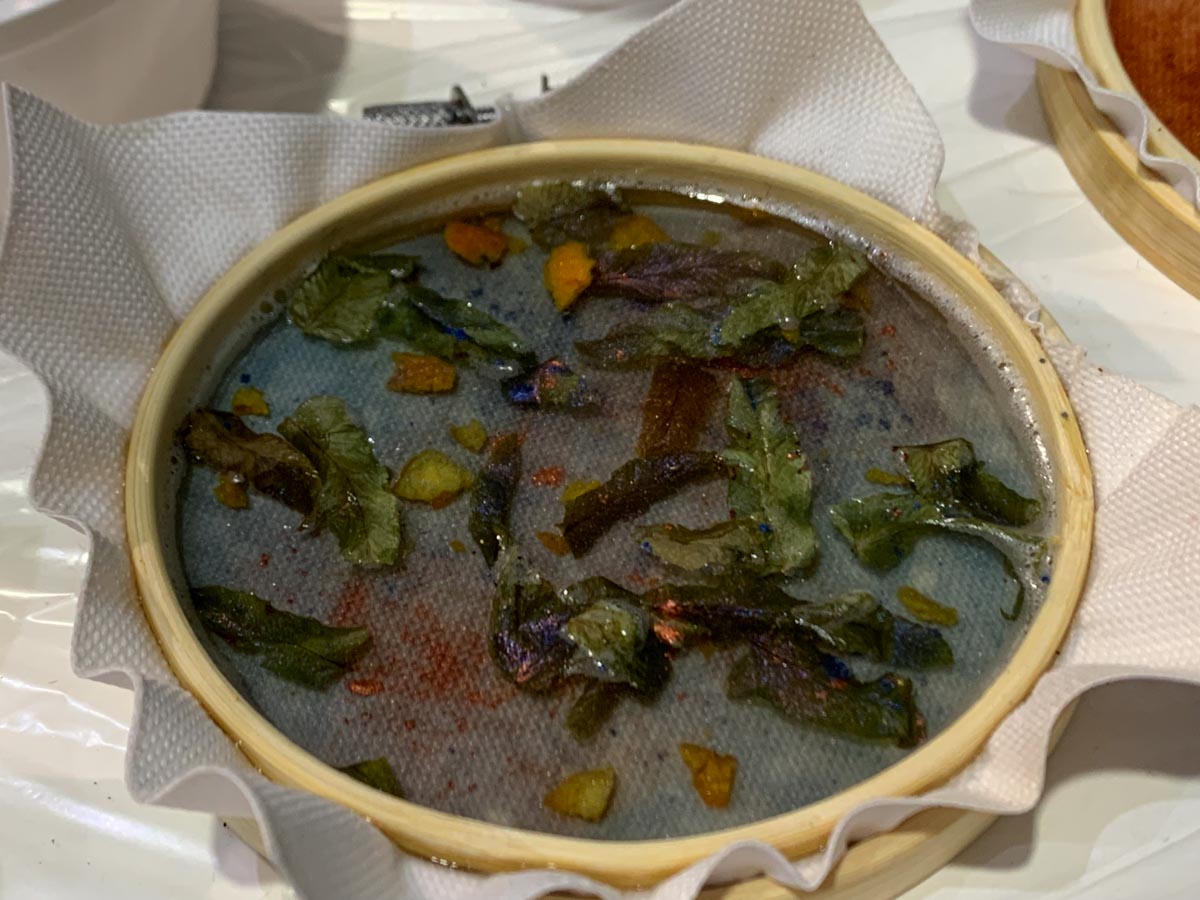
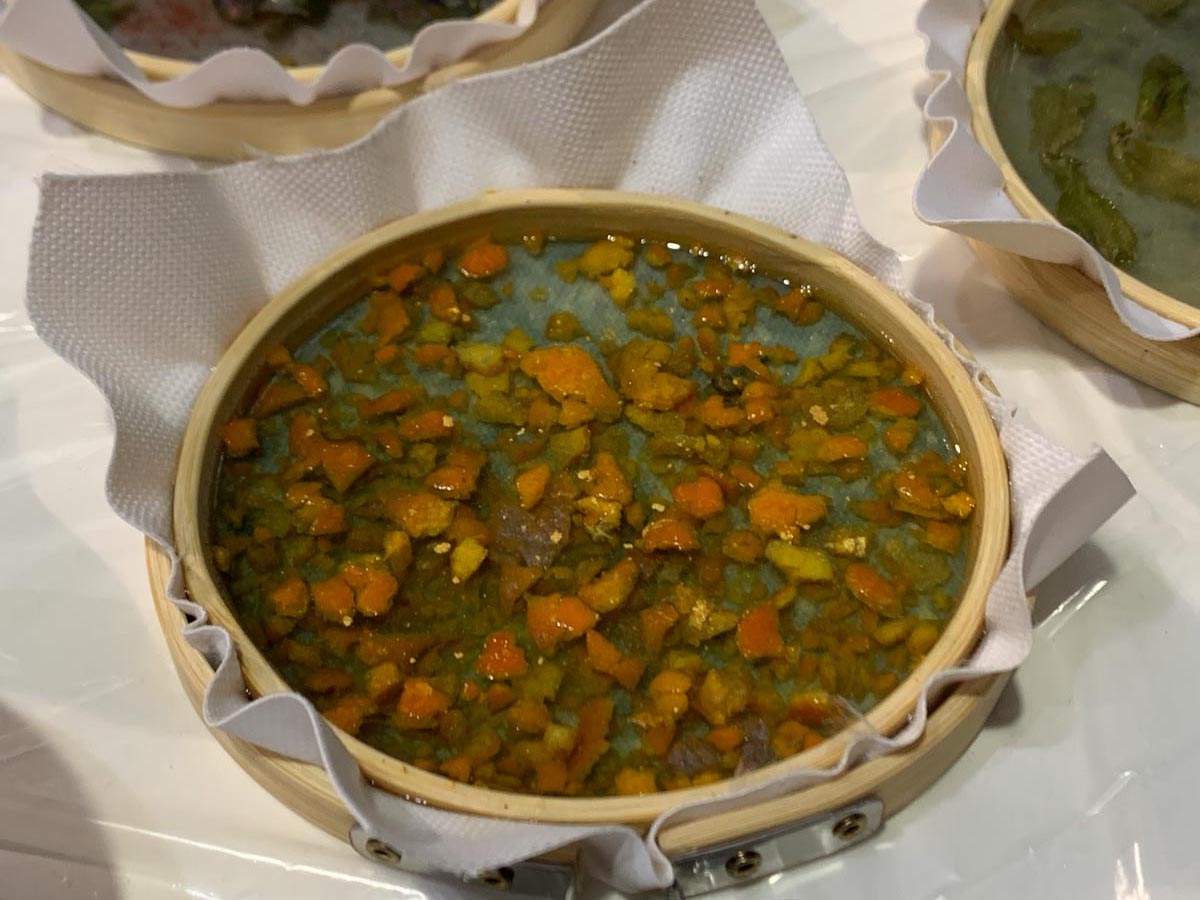
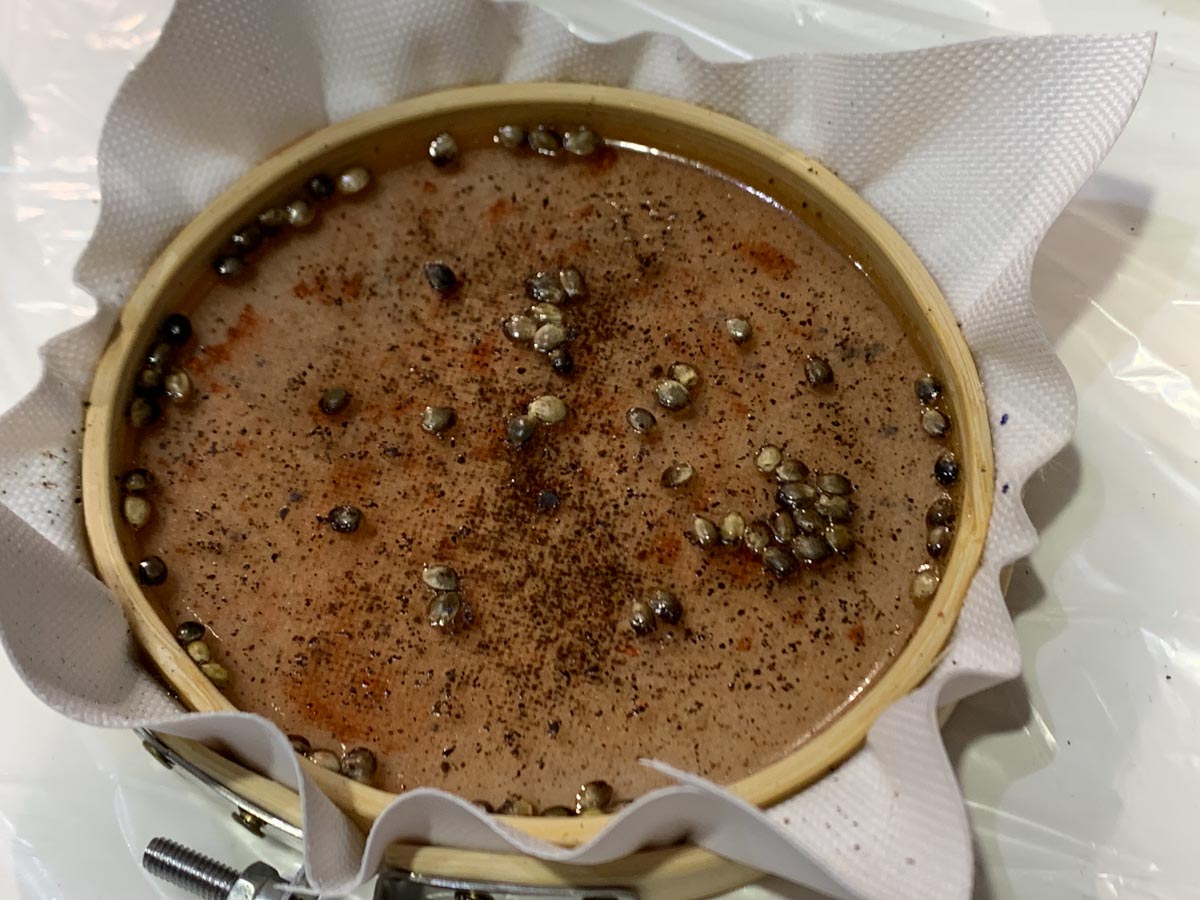
From left to right: 1. Gelatin + Mica 2. Gelatin + Mica + dehydrated fern leaves 3. Gelatin + Mica + Orange peels + dehydrated fern leaves 4. Gelatin + Mica + Orange peels 5. Gelatine +. Coffee grounds + Mica + Hemp seeds
The materials have shrunk in height and not in width. The mica powder was added to the mix directly in the mould and I think that it's why it did not dissolve properly and some of it was sedimented on the bottom, trespassing to the fabric.



Alginate biomaterials
Alginate is a bioplastic that has more resistance to water. As far as we know there are no biodegradable bioplastics hydrophobic in the market. We made an alginate + mica + eggshells material. After some days you could observe that the material has lost all its water and has shrunk in width.
Experimenting with extruded alginate was so much fun as well as interesting since my issue with biomaterials is finding uses for them and observing this technique made me think of a wider possibilities of applications, from 3D printing to Knitting. We also made some recipes with Pine resin as the main polymer but we didn't succeed properly. In one of the cases, we didn’t put enough food waste and in the other one, the mix was too hot which made it have some bubbles. As a suggestion from Lara, we also experimented with some lemons to use as moulds.
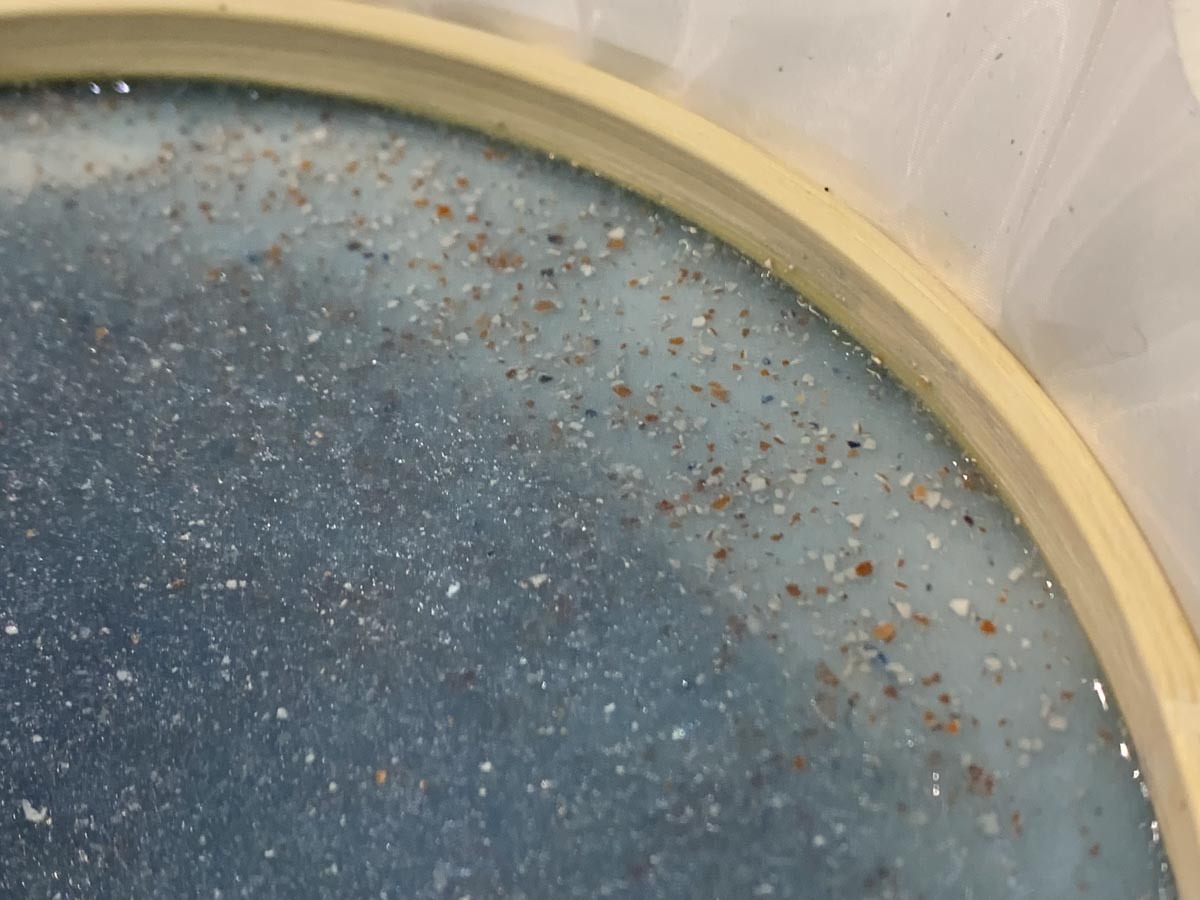
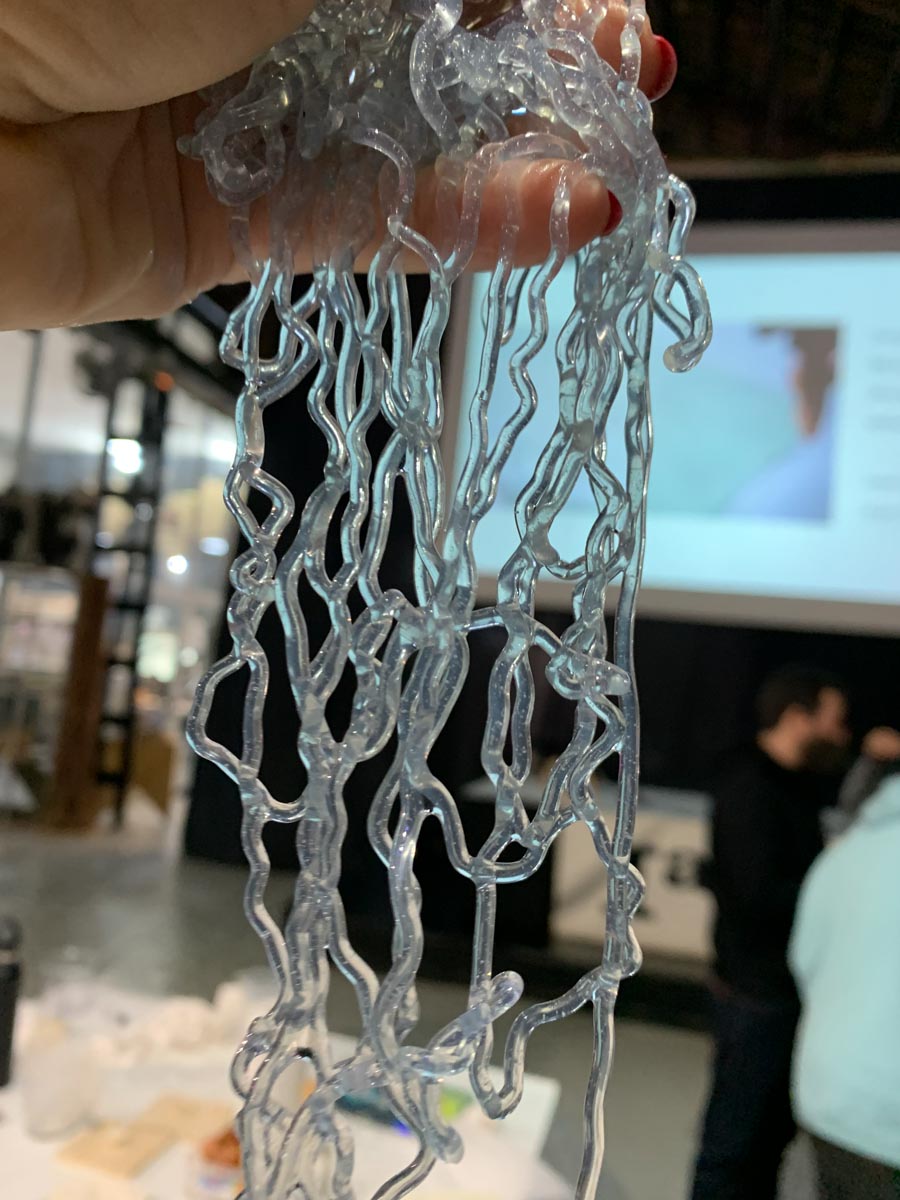
Personal Experimentation
I decided to do a pine resin recipe since I wanted to make a Soup plate for my home. Last week I made a big Veggies soup so I kept all the ingredients leftovers to make a biomaterial. I use celery leaves and the greener part of the leak. I have observed that the dehydrating process in the oven is harder than I thought. Some of the leaves will dry faster than others which would make them in some cases turn brown and lose the beautiful bright green colour it had. When using these herbs as an additive the mix dried way faster and it was difficult to pour it into the mould. I want to make some embedded designs in it with the CNC, once I know how to use the machine in Fabacademy. I would also like to further develop experimentations with the red potato peels to create a pigment. I have decided to dry them naturally since the light bill has arrived incredibly high this month and I also don’t want to burn them and lose the colour.
